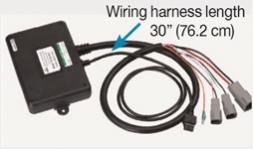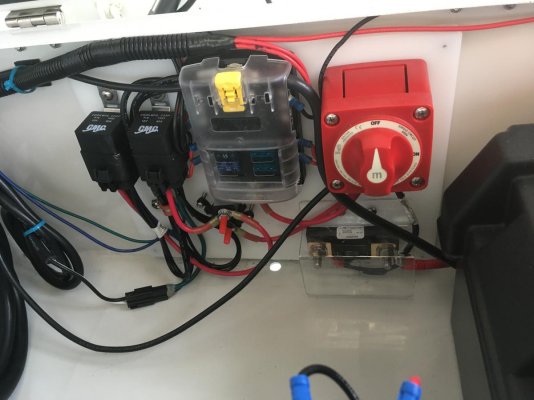Dougcole
Guru
It appears that both of the Momentary/Off/Momentary switches on my Lenco trim tabs have failed at the same time, which seems very odd to me. I've ordered replacements, but I'd like to verify that the switches are indeed bad.
I've attached the wiring diagram for the switches. I'm getting 12.6 volts on my multi meter at tabs 2 (+) and 5 (-) but no voltage at any of the other tabs, even with the switch activated. I've also checked continuity across tabs 1&4 and 3&6 with the switch activated...nothing.
It feels like a bad switch to me, but why would both fail at the same time? Both were working on Friday, they failed on Sunday, so it's not like they sat for an extended period.
I was doing some other wiring (installed a USB outlet) on Sunday when I noticed they weren't working which made me think I knocked lose a wire, but like I said, I have voltage coming to the switches.
Ideas? Maybe I'm testing the switch wrong?
I've attached the wiring diagram for the switches. I'm getting 12.6 volts on my multi meter at tabs 2 (+) and 5 (-) but no voltage at any of the other tabs, even with the switch activated. I've also checked continuity across tabs 1&4 and 3&6 with the switch activated...nothing.
It feels like a bad switch to me, but why would both fail at the same time? Both were working on Friday, they failed on Sunday, so it's not like they sat for an extended period.
I was doing some other wiring (installed a USB outlet) on Sunday when I noticed they weren't working which made me think I knocked lose a wire, but like I said, I have voltage coming to the switches.
Ideas? Maybe I'm testing the switch wrong?




